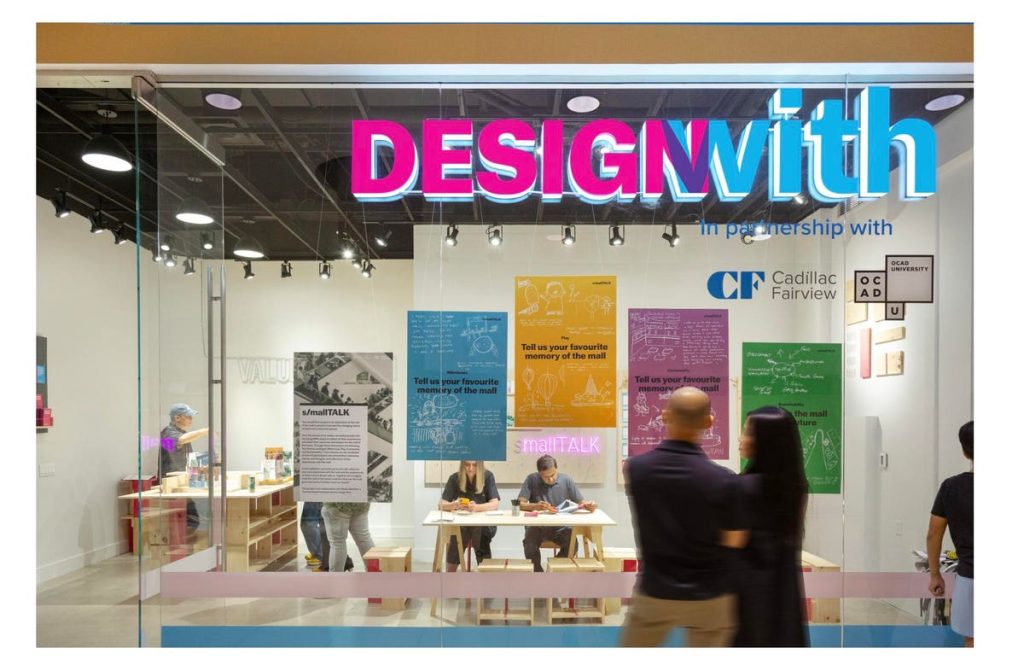During more than 30 years of working with corporations to help solve social problems, there’s something that has never happened and never even been discussed: involving an industrial designer.
As an example, when we were building the Impakt Foundation for Social Change we made a list of the kinds of people whose experience would be most valuable to an organization that was established to help refugees and newcomers secure meaningful employment. Our list included people with lived experience as a refugee, a lawyer, an accountant, someone with branding and marketing experience and people who could help with fundraising. The idea that a designer would have something to contribute was completely off our radar, but not anymore!
I recently had the opportunity to speak with Ranee Lee, an industrial designer who is contributing to social change in remarkable ways. Ranee is a faculty member at OCAD University who believes that design education should happen in a collaborative context that helps solve problems in the world. Ranee is also founder of DESIGNwith an inclusive design-centered lab located in Toronto’s CF Eaton Centre that is democratizing design education and bringing together communities that are not otherwise included in the design process. I spoke with Ranee about why design is such an important and underutilized discipline for corporations who want to benefit from helping to solve social problems.
How did you discover the important role that design plays in solving social problems?
I started out like a lot of traditional product designers that were taught to be very product-based, with a focus on manufacturing. I began to understand how design can contribute to social innovation when I was designing for a business and we were getting products made in Haiti and Guatemala. We discovered that all the manufacturing jobs were all being filled by men because the hardware assembly of the bags required tools that prompted men to get these jobs. We made a small tweak of the design to change the metal pieces to fabric ties that caused men in Haiti to reject these jobs because they were seen as ‘women’s work’. This small change in design gave impoverished women an opportunity to make money for themselves. After that, I started designing a line of products in kits, so that women didn’t have to travel into the main cities to go to factories and work. We were able to mail the kits to these villages so that women no longer had to leave their families. That’s when I started to realize that design can actually shift how things get made and as a result, who can be employed.
How is what you’ve learned about design and social change being harnessed at DESIGNwith?
DESIGNwith is a design lab, a place to experiment and to come together. We hold public workshops around the circular economy and we have newcomer women working alongside myself and other design students. It attracts curious customers, who want to participate and businesses that see this as an opportunity to explore design and environmental sustainability. It’s a place that’s democratizing design and how people learn about social and environmental sustainability. Even when the doors are locked and we’re working, it’s like a live TV, that shows the process. In our classes, we make a point of having executives sit beside students who are sitting beside an immigrant middle-aged person who is sitting beside a mall goer. They are not only learning from us, but from one another.
How can corporations benefit from the way industrial designers approach solving problems?
Businesses start because they’re trying to solve one problem and then a whole business is built around it before even asking what the best way is to go about it or what the implications of the work being done are. Often businesses just chug along the same way because It works; people still buy what they’re selling and they’re making enough money. Including designers, and other people with different perspectives can help businesses identify opportunities to make subtle changes that can have a big impact.
How do you think design impacts how businesses should look towards the future?
Young people are the voice that’s demanding change and businesses that are not embracing social and environmental issues that youth care about have already fallen behind. My intern who works full time at DESIGNwith buys second hand clothes because the idea of shopping in a mall is foreign to people like her. Young people like her will also spend a thousand dollars on an Arc’teryx raincoat because it’s going to last and they know the brand is going to fix it if there is a problem. That alone should tell companies enough. People want to spend money on durable, well designed products that make their lives easier and make the planet better. That’s priceless.
Speaking with Ranee reinforced why it’s important for corporations to bring diverse perspectives, including designers, to initiatives that are intended to address complex social or environmental issues. Lasting positive change only happens when companies, communities, people with lived experience and other stakeholders contribute to new solutions that are sustainable and economically viable.
Read the full article here










